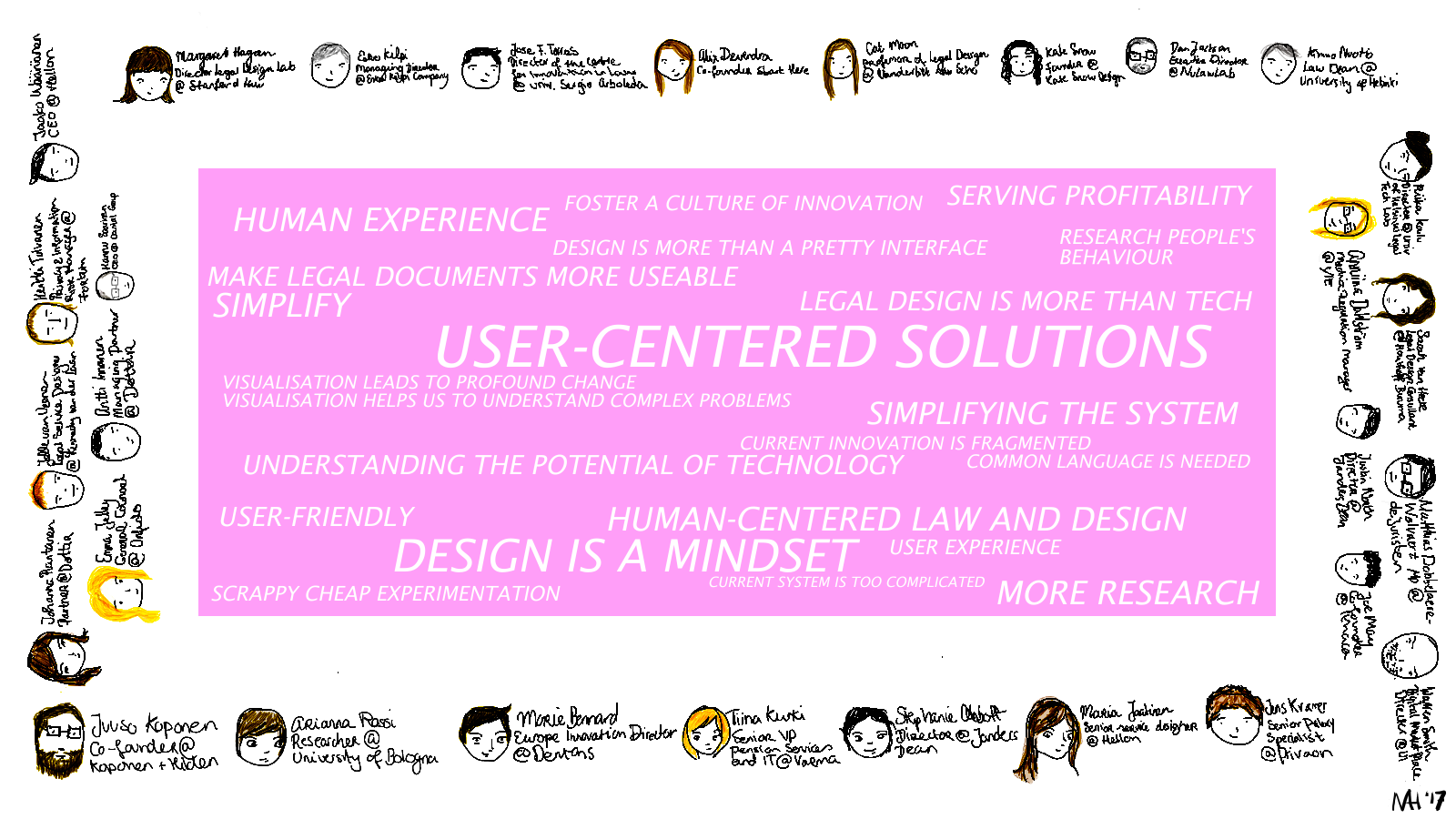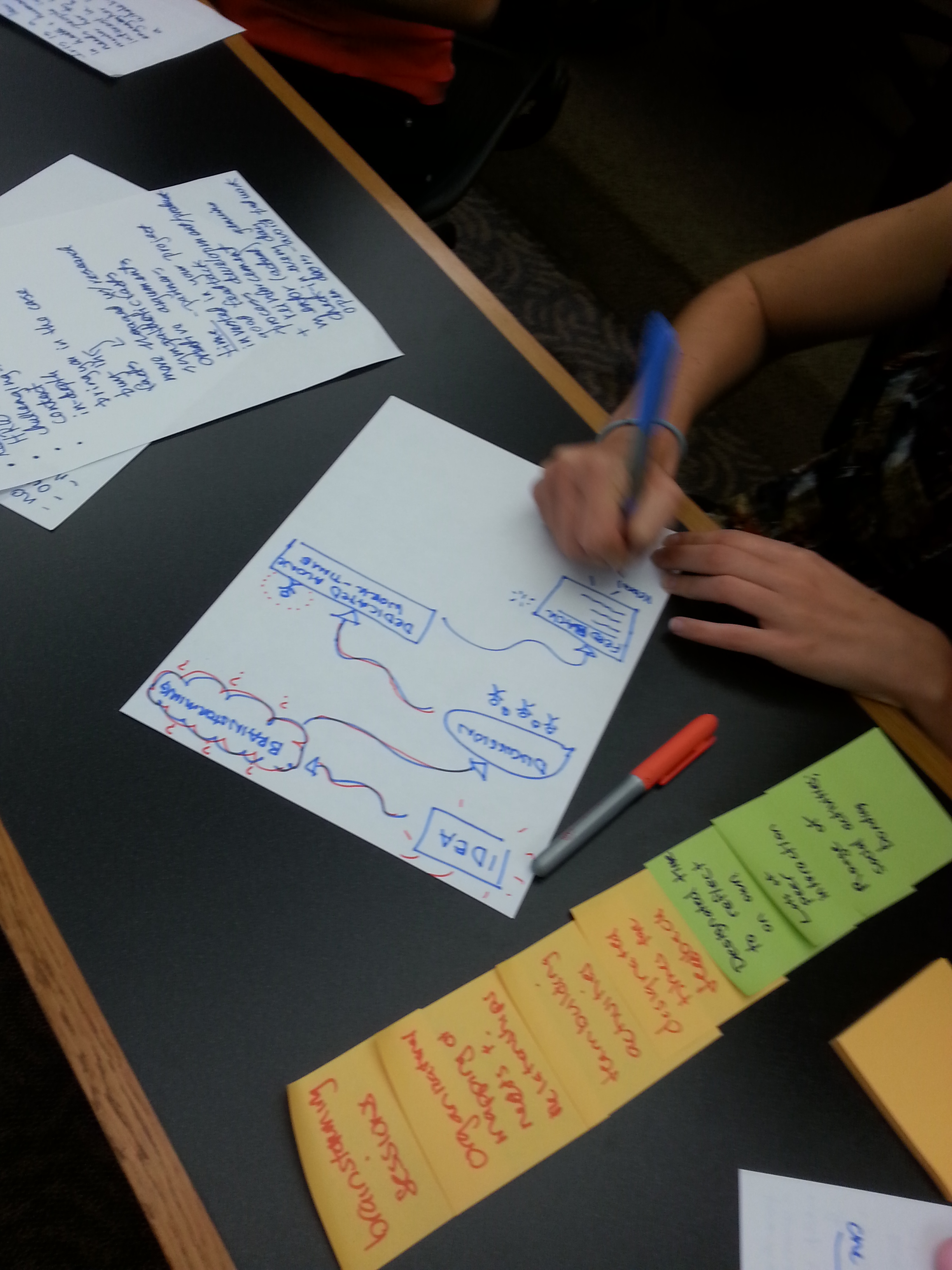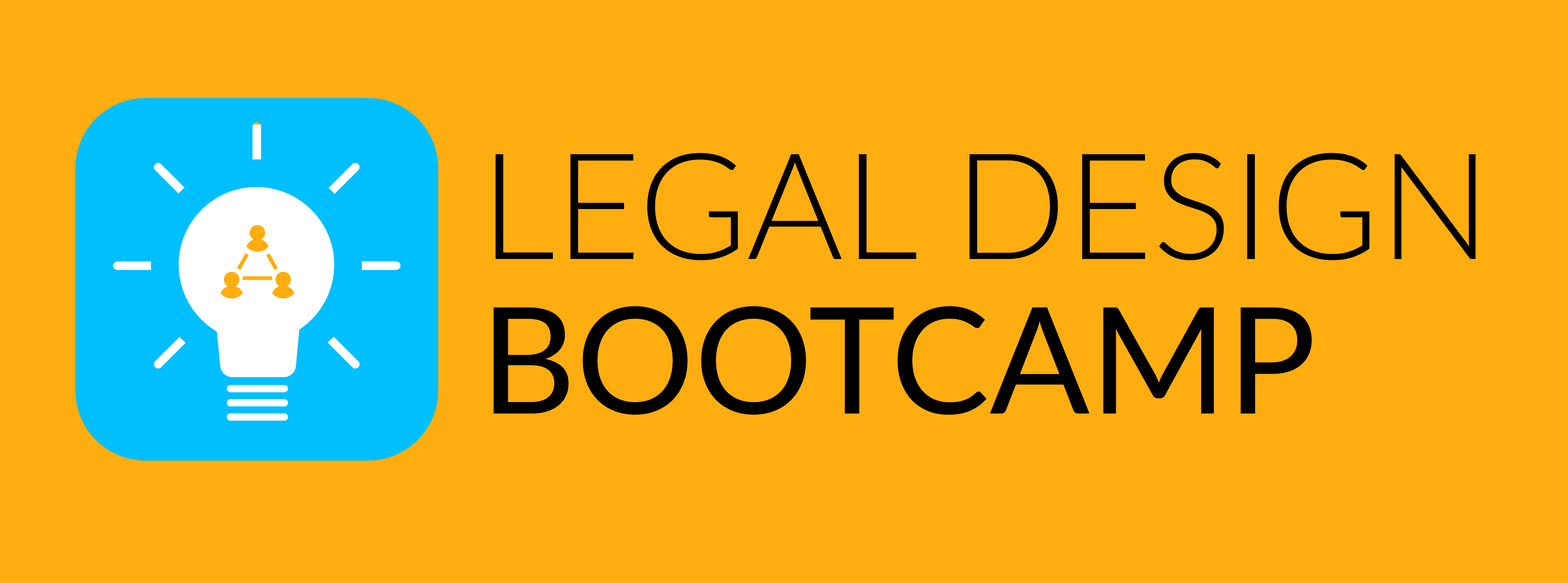The Legal Design Summit Recap: Uncharted Territory
by Nora al-Haider, This post was originally published at the Medium publication Legal Design and Innovation
Helsinki in November is dark, cold and beautiful. A place where innovation is not avoided but embraced. It is therefore only fitting that the Legal Design Summit was organized in Helsinki. The innovative area called legal design is a complex and still largely uncharted territory where researchers and professionals alike are grasping in the dark to fully maximize the potential that this new interdisciplinary field has to offer. It was at the beginning of the cold and dark month of November that designers, technologists and legal professionals gathered to try to shine light upon this new and mainly unexplored field.
THE SPEAKERS: VARIOUS PERSPECTIVES
About 29 guest speakers were invited to tell an audience of 600 people their ideas, thoughts and perspectives on legal design. It was not the usual legal conference with mostly legal professionals in dark-colored suits telling the audience how innovative the newest piece of regulation is that will surely disrupt the legal system. Instead we were treated to an eclectic assembly of individuals.
At first glance it would seem that these speakers did not have much in common, however the opposite is true. After listening to the speakers from early morning until late evening a couple of common themes emerged that linked all the individual presentations together. I mapped out the phrases and words that were mentioned most often during the summit.
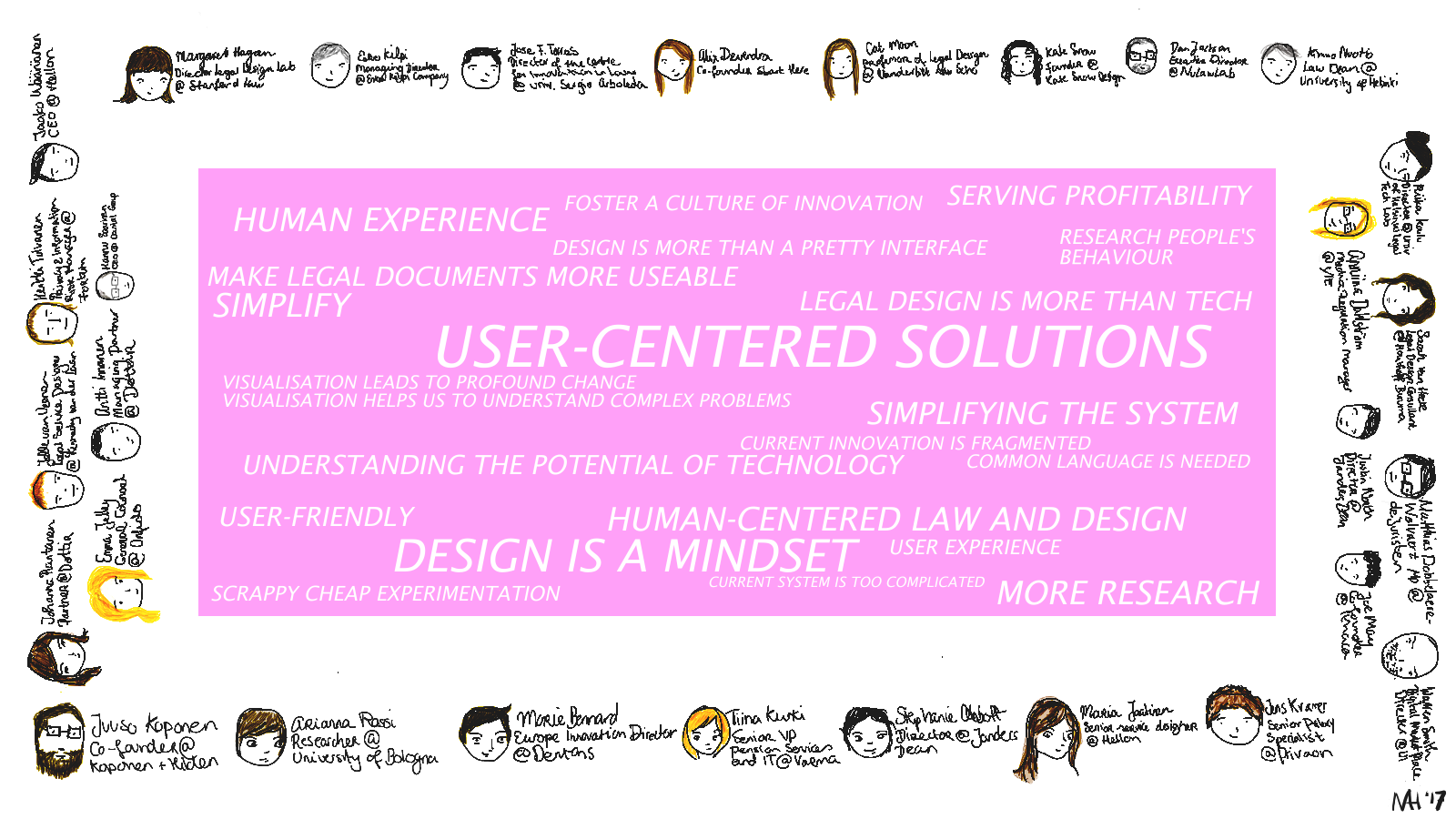
The most often-used words pinpoint that ‘the user’ was the common thread that tied all the lectures together. In order to fully understand why ‘the user’ was the most important topic during the summit, it is important to look at what the speakers said about the current problems the legal system is facing, the possible solutions for these problems and the future of legal design.
THE CURRENT STATE OF AFFAIRS: LAW, LEGAL DESIGN AND LEGAL TECH
Many metaphors and imageries were used to describe the current state of law, legal tech and design. This is not surprising for a room filled with design-minded speakers. Here are a few illustrated examples of some of the comments the speakers made on the current state of legal design.
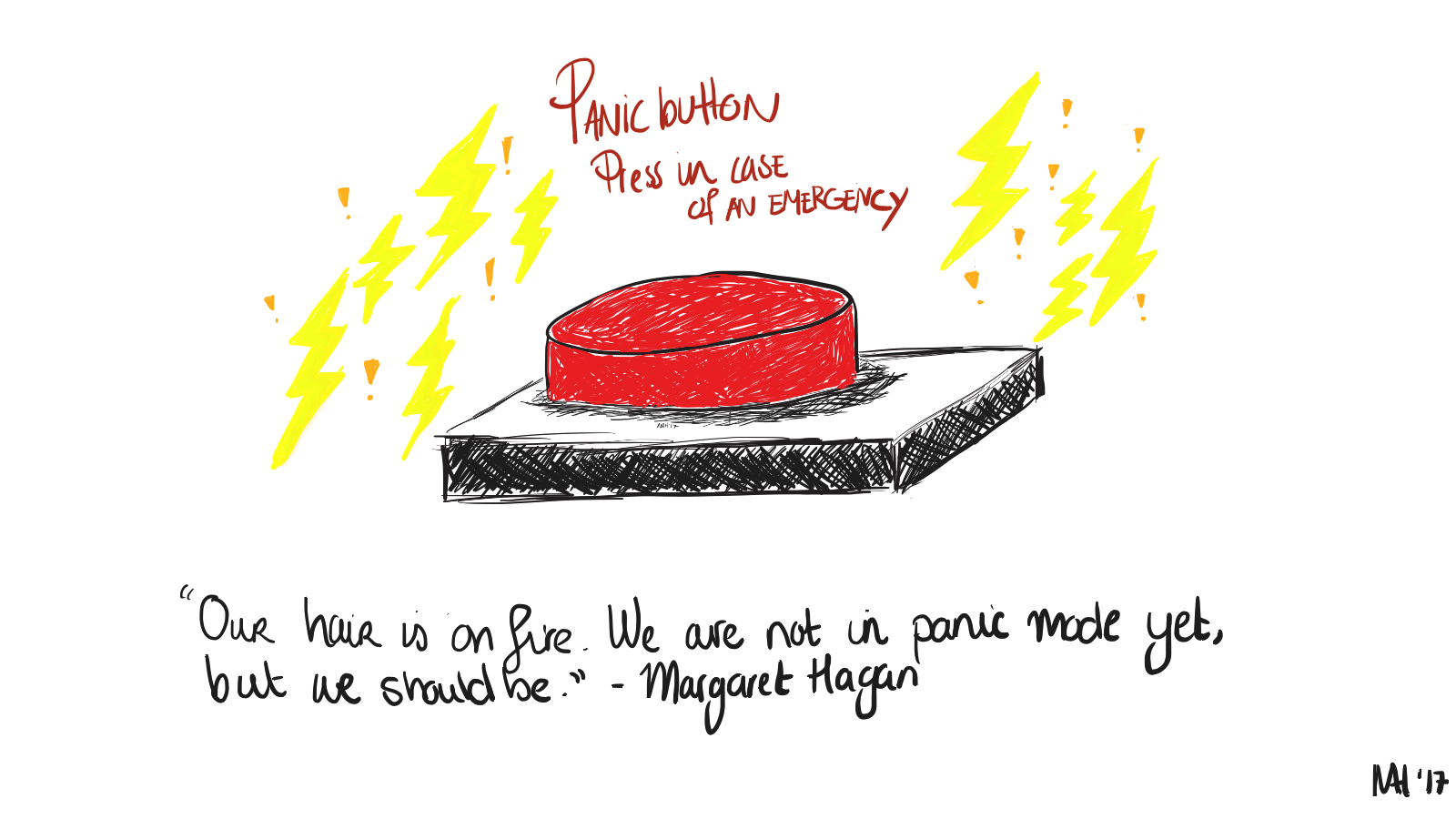
Margaret Hagan discussed the dysfunctionality of our current legal system. Luckily, design thinking can change the system from the inside out. Unlike what some people think, design means more than putting a fancy interface on an existing system. However, it is of the essence that we stop lollygagging. It is time to turn the tide and make sweeping changes. As Margaret Hagan puts it: “Our hair is on fire. We are not in panic mode yet, but we should be.”
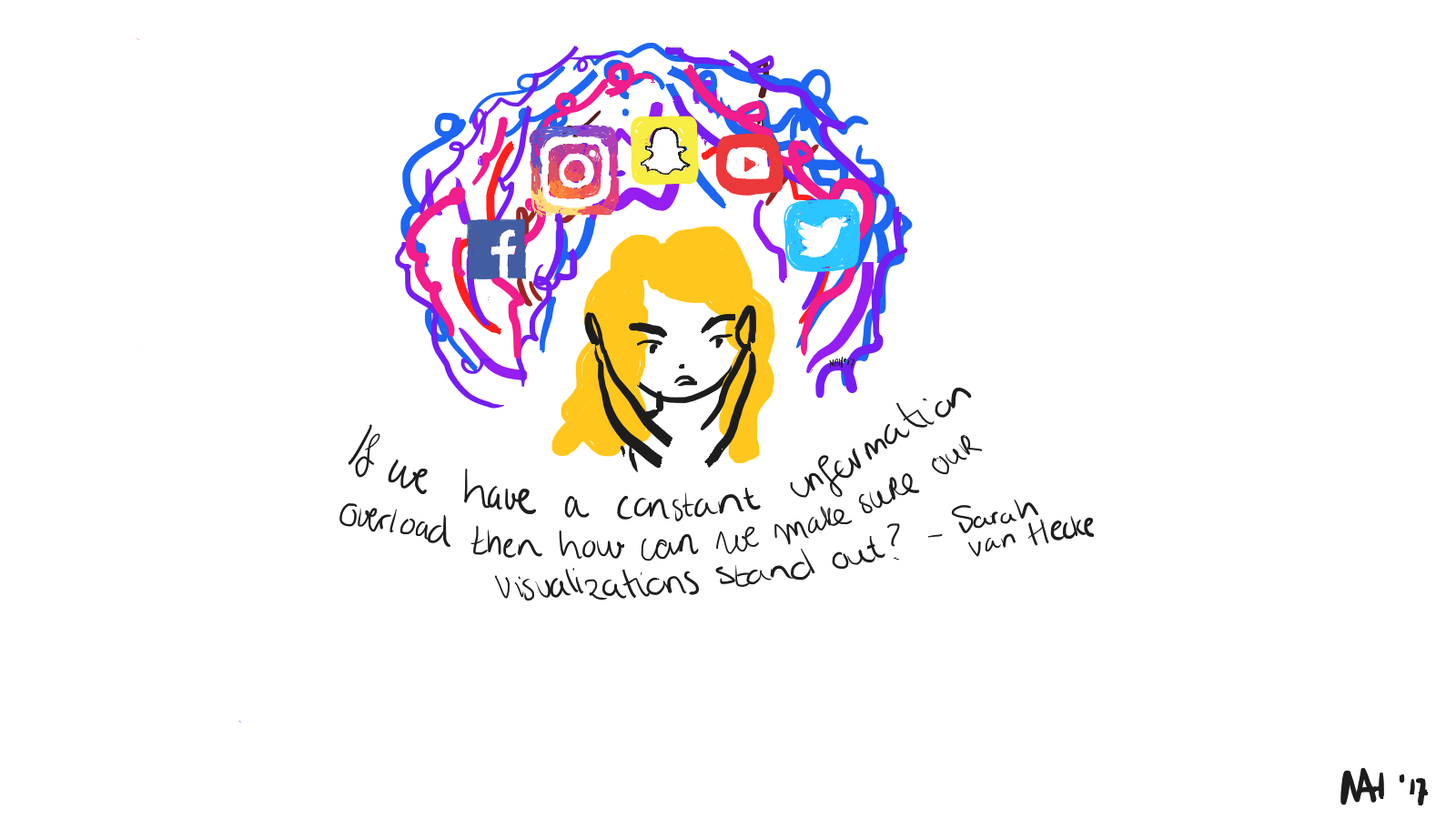
We live in a time where we are constantly bombarded with streams of images, information and opinions. All this imagery and information is fighting for our attention. As a designer, Sarah van Hecke, wondered how we can make sure that visualizations stand out if we have a constant information overload.
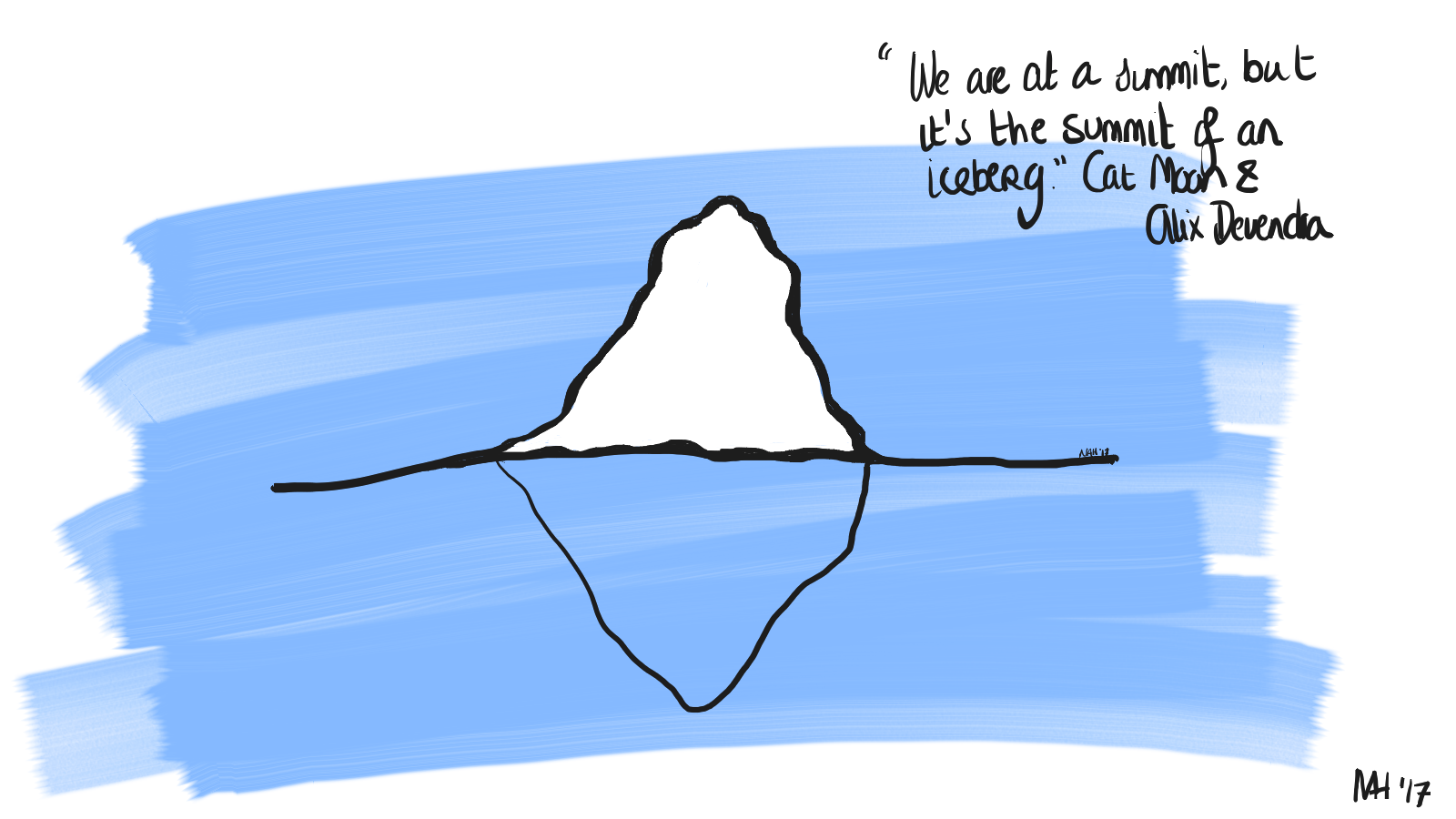
Like Margaret Hagan, Cat Moon and Alix Devendra pointed out that the system is dysfunctional and too complex. For example, people at times do not even realize that they have a legal problem, let alone understand where to look for help. Our system is not suited to our current situation. Change with real impact needs to take place. Even though design thinking is gaining more ground there is still more work ahead. That’s why they described legal design as the summit of an iceberg.
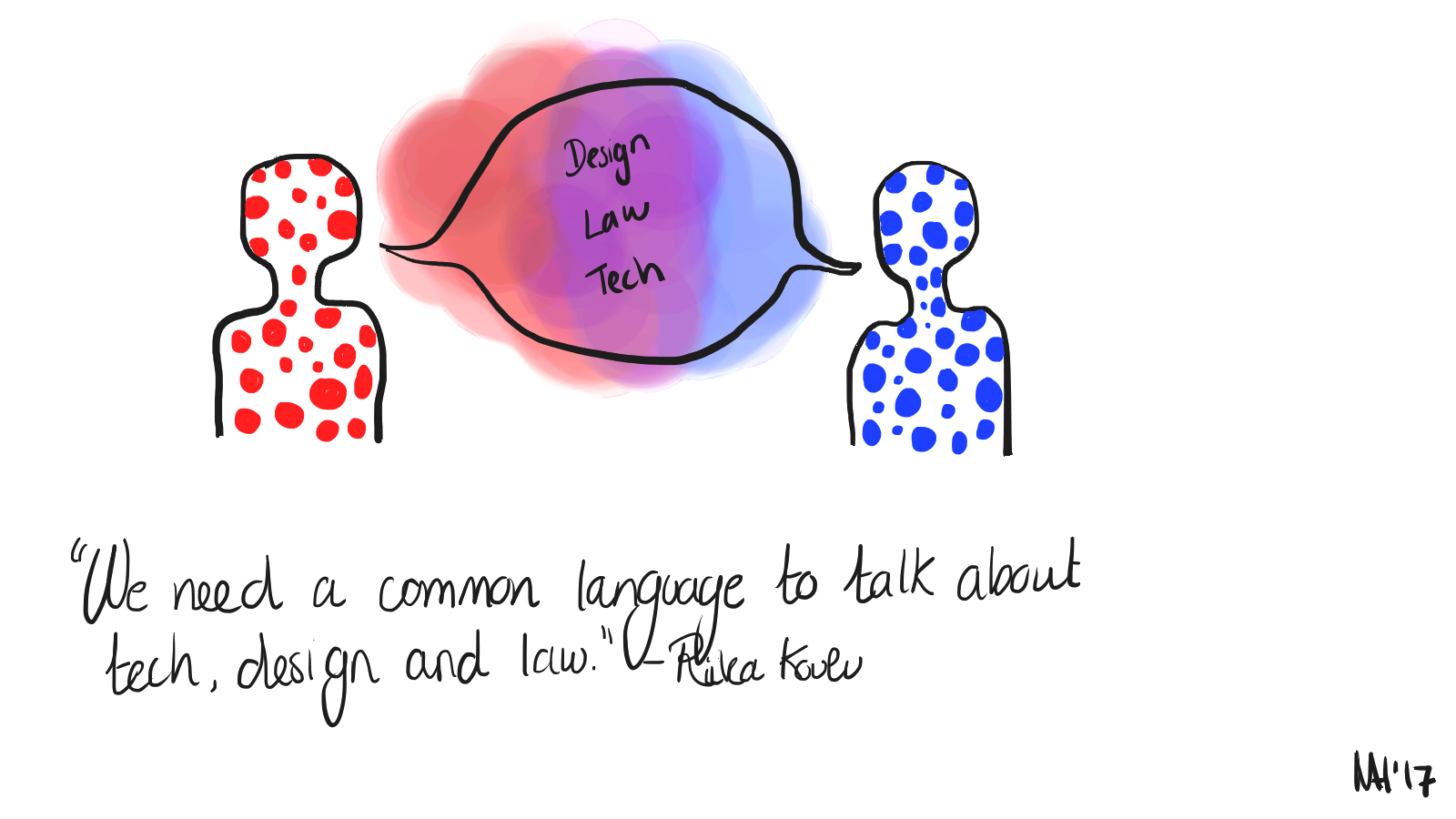
The difficulty with law lies within the fact that law does not like change. Change brings uncertainty and this is in stark contrast to the need for legal certainty. That is why, according to Riikka Koulu, we need to keep the notion of access to justice in mind while innovating. This means that legal design has to be backed up with research. In order to discuss problems that arise during research, we need a common language to talk with each other about technology, design and law.
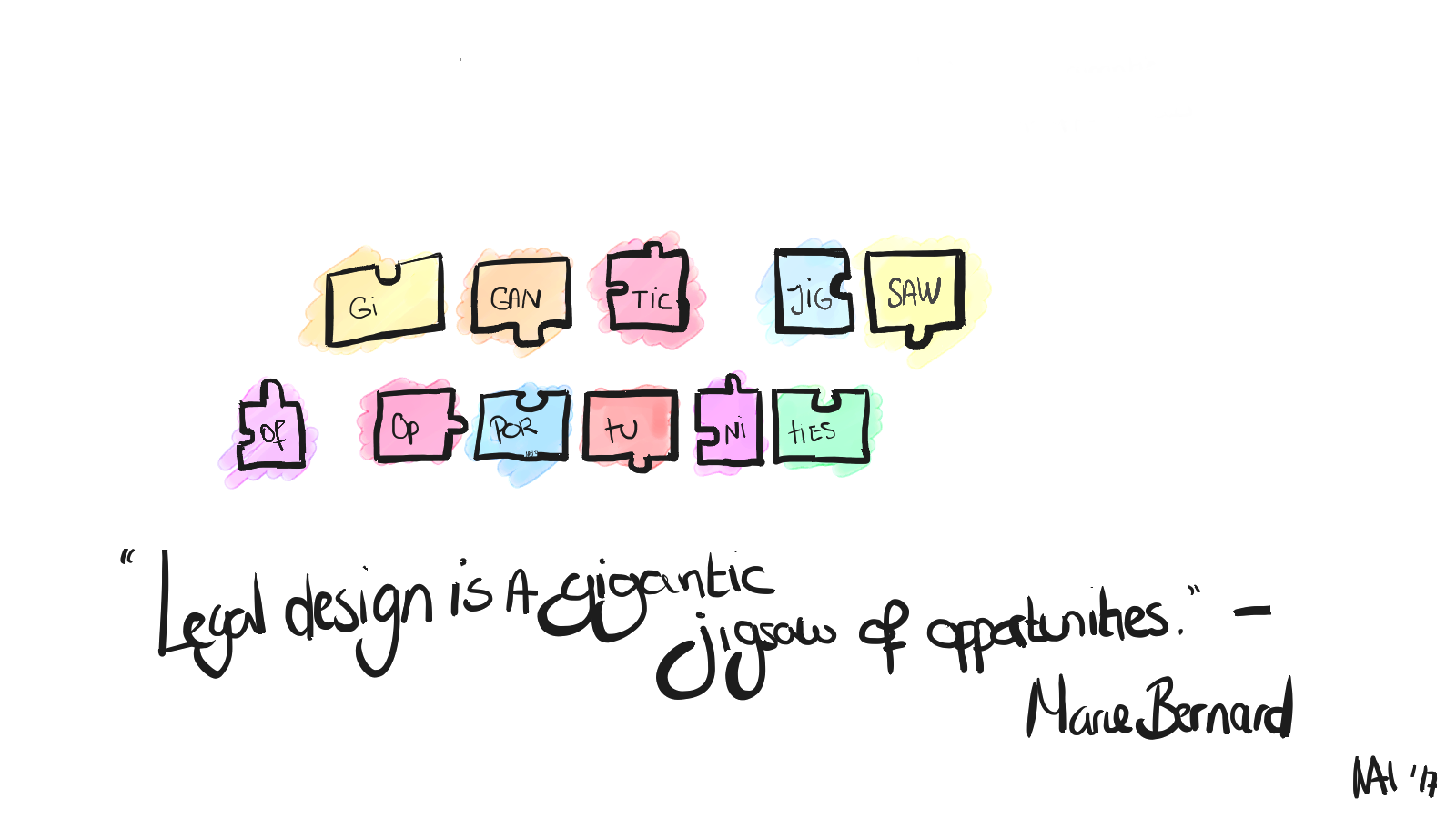
Marie Bernard did not only comment on our current system but also on how legal design is currently being applied. Although legal design is a jigsaw of opportunities, it is in danger of becoming a bubble. A bubble where one person is appointed to innovate on a superficial level. We need real products that serve profitability. In practice this means being honest about failure and not reinventing the wheel for each problem.
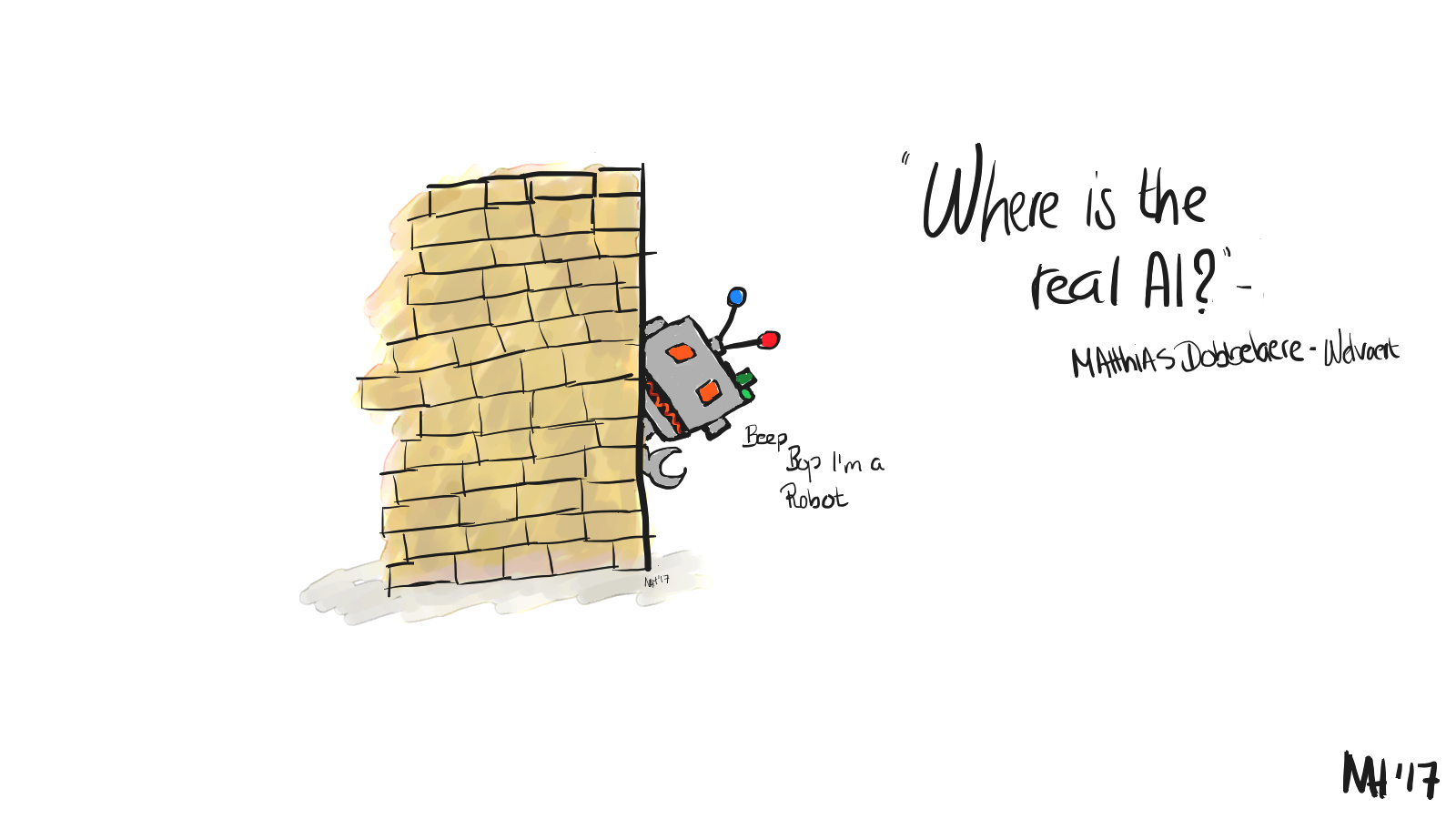
According to Matthias Dobbelaere-Welvaert there is currently no dominant player in Europe because of fragmentation. If we do not watch out, outsiders with no love for law will be the ones to disrupt the system. Legal professionals need to focus on real innovative technology.
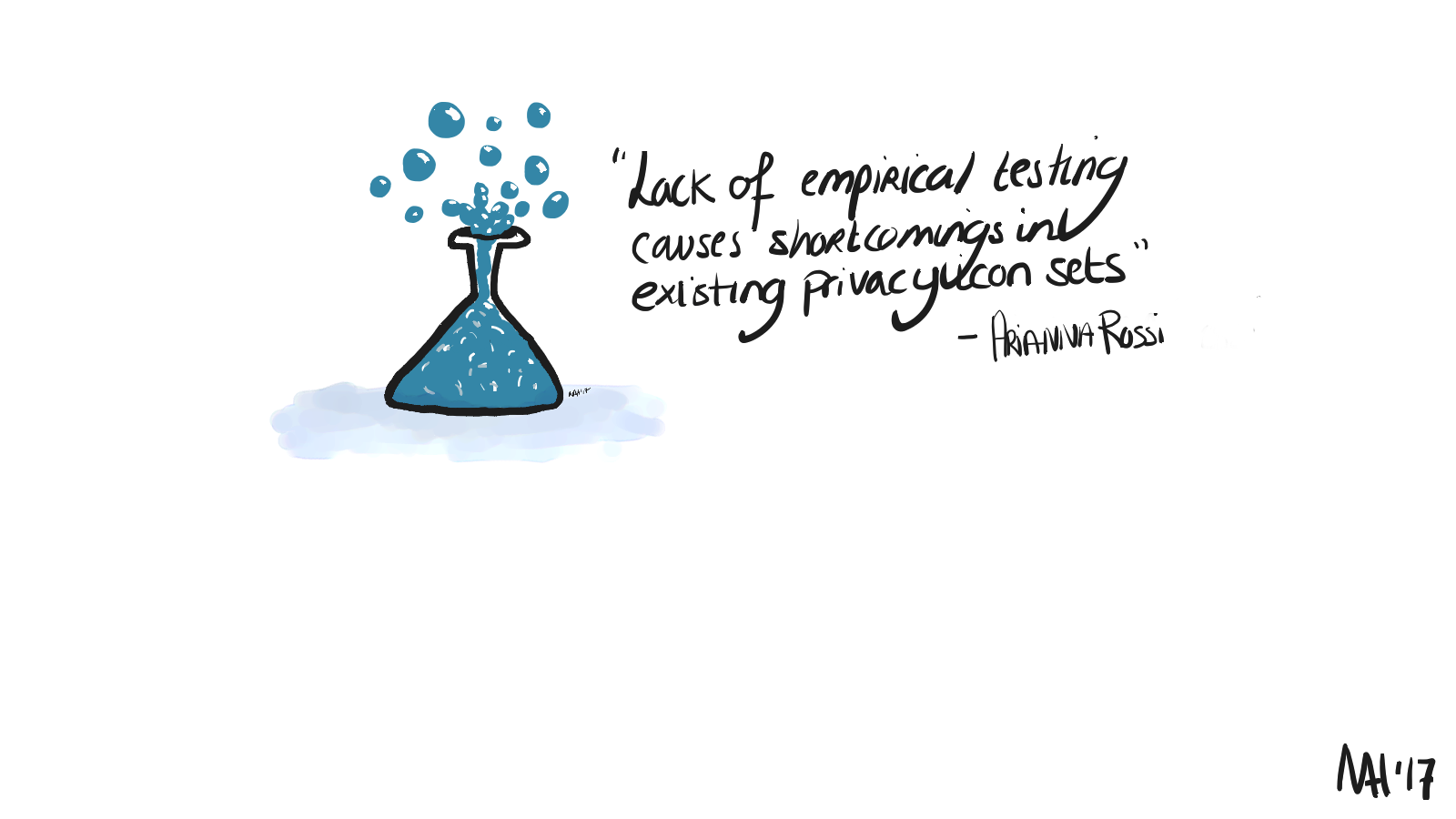
Arianna Rossi commented on the lack of empirical testing. Empirical testing can give us a deeper insight in how users experience law and design. Designers must think about how we experience law in our daily lives.
To summarize, the current state of affairs regarding law seems to be grim. The first thing that we have to do is acknowledge that there is a problem with our current legal system. Legal design and tech can help to elevate those problems if we keep in mind that plastering trendy words such as legal tech and legal design on a piece paper do not equal innovation. Solutions have to be tested and have to show measurable improvement. This can only be achieved if we focus on user-centered solutions. We therefore need a more human-centered approach in tackling existing problems.
Legal design and legal tech could be used to improve those problems, but we cannot just create a new app or a new layout for a contract and call it a day. There should be real innovation, which as Justin North mentioned during the summit, is hard to cultivate.

Innovation also means that we have to overhaul some parts of the system that are not functioning well. In order to do that we need a common language that includes law, tech and design. It is only once we, technologists, legal professionals and designers, are on the same page that we can construct potential solutions that are centered around the human experience.
THE POTENTIAL SOLUTIONS: A SET OF PROPOSALS
There are many different ways legal design can be utilized. In its truest sense of the word, legal design can be used to create visualizations to improve and enhance the legal system. For example, Juus Koponen explained that it is possible to use both visualizations as well as photographs in the courtrooms to explain and reinforce legal arguments.
Making contracts user-friendly is also a part of legal design. However, this does not mean tacking on some nice fonts in a bigger font size to make the contract more readable. Rather, the questions that popped up at Yle, the Finnish Broadcasting Company, was how they could turn legal documents into a more usable and useful tool for their clients. The end result of the process was the transformation of a contract from 26 pages to just 1 page. Legal design led to a profound change in how the legal material was perceived. The reaction of the clients was positive as they now had a better grasp of the material that was used during negotiations.

Plenty of examples of solutions and experiments that involve legal design and legal tech were also provided. From bots that scan messages for legal problems on Twitter and Reddit to online apps that conduct legal wellness check-ups and tell users whether they are at risk for having legal problems. These solutions or experiments do not have to be revolutionary in terms of tech, but they do have to be community-based. It is therefore possible to enact change through scrappy and cheap experiments. You do not need a whole team of innovation consultants dictating how you should disrupt the system. The most important thing is, as most of the speakers noted, to keep these experiments revolved around the human experience. Ultimately ‘the user’ is the one that has to make use of the system.
THE FUTURE OF LEGAL DESIGN: A GLIMPSE
Itseemed from the talks that legal design is at the start of something new. The path before us is still unclear and it is not sure how the future of legal design will play out. After the invigorating summit, I asked four speakers what their vision was for the field of legal design.

Both Cat Moon as well as Alix Devendra have a positive outlook on the future of legal design. Their use of the visual of an iceberg was intentional as they believe we are just scratching the surface of the possibilities of legal design. However, in order to get to the next level radical collaboration is needed. Multidisciplinary teams with different cognitive mindsets need to be brought together to enact change.
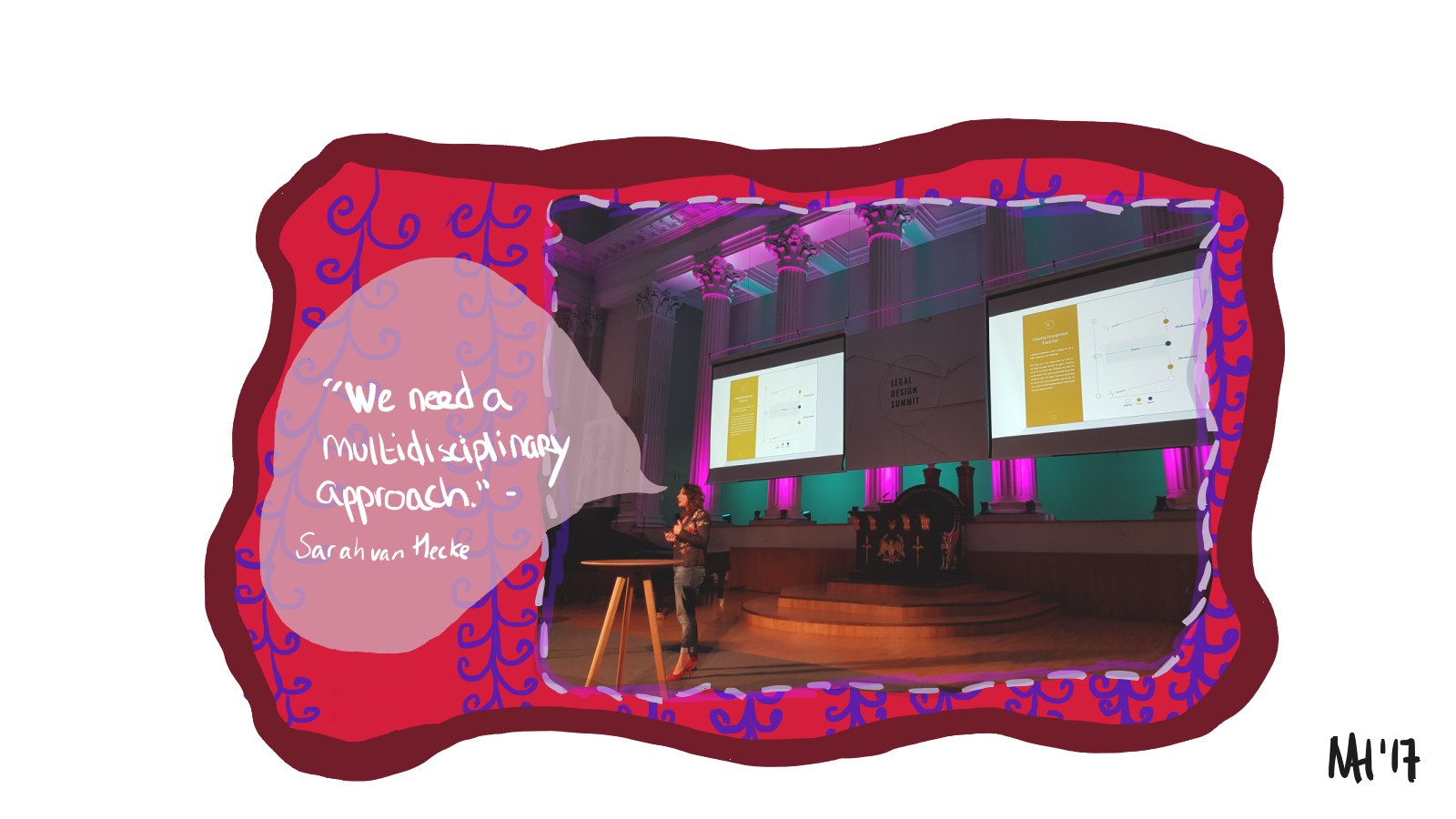
Sarah van Hecke is optimistic as well. She foresees that with the increased use of technology and the constant flow of information, we need to look for more effective ways to communicate with clients. The problems of the future will become more complex, which requires a multidisciplinary approach.
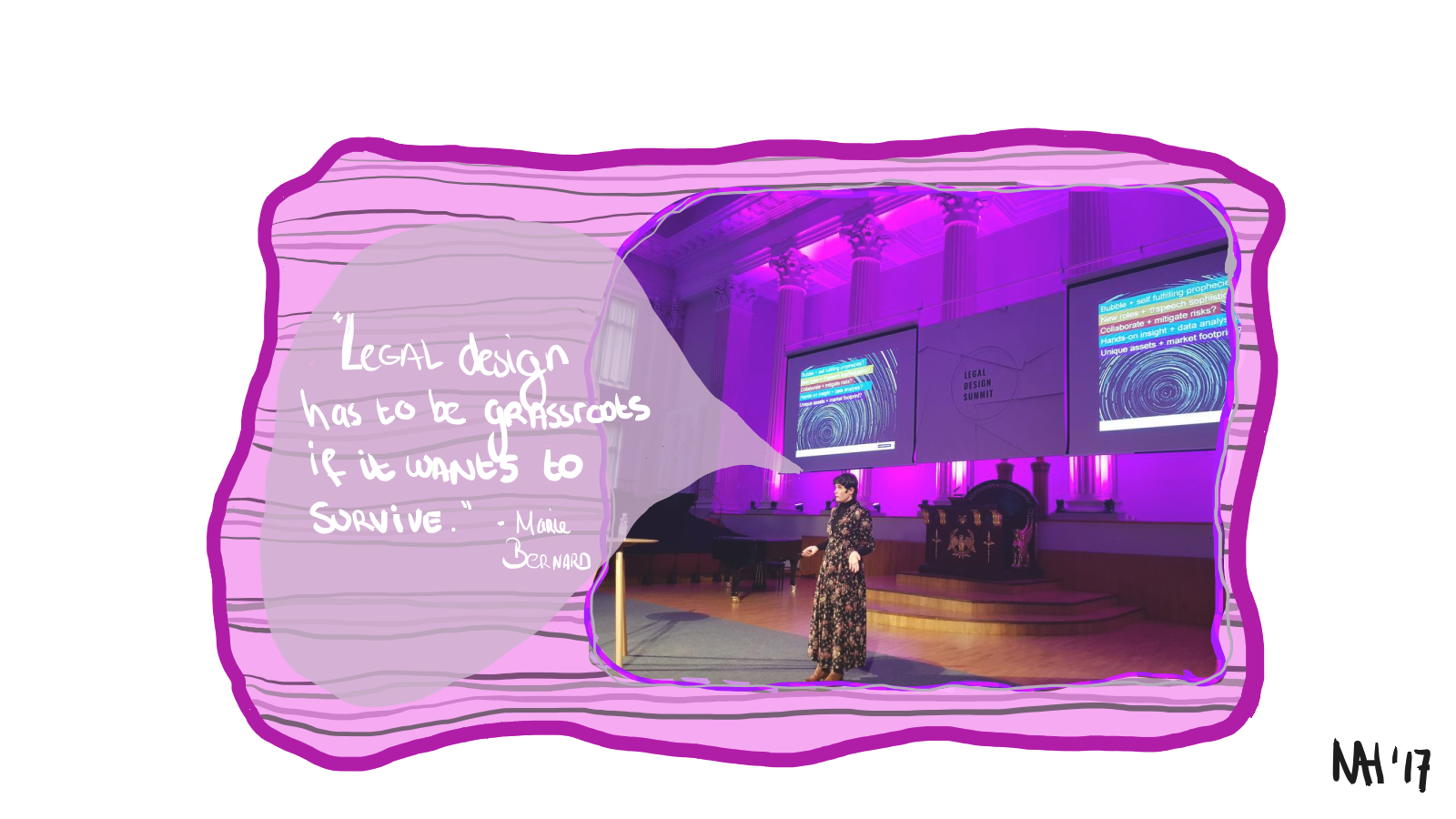
Marie Bernard told me that she is reasonably optimistic, but she does have a few reservations. First, a great deal of energy can be perceived at law firms, however it seems that once students join a law practice their energy becomes diluted and they get absorbed by the routine of big law firms. She sees it as her responsibility to create space for innovation. Her second reservation concerns the fear that legal design will become a bubble with an overload of consultants who will dictate what legal design is. Marie Bernard sees legal design as something that needs to develop organically. As she said in her own words: “it is something that has to be grassroots if it wants to survive.”
Most of the speakers pointed out that legal design should revolve around the human experience. It is ‘the user’ that should play a central role in developing new ideas and solutions. As long as we keep that in mind and dare to take the plunge to experiment and sometimes fail, then the future of legal design is looking bright.
A WORD OF THANKS
I would like to thank Margaret Hagan and the organizers of the Legal Design Summit, in particular Maria Sorsimo and Pilvi Alopaeus, for giving me the opportunity to participate in the summit. I would also like to thank the speakers and the interviewees for sharing their thoughts and perspectives on legal design.
